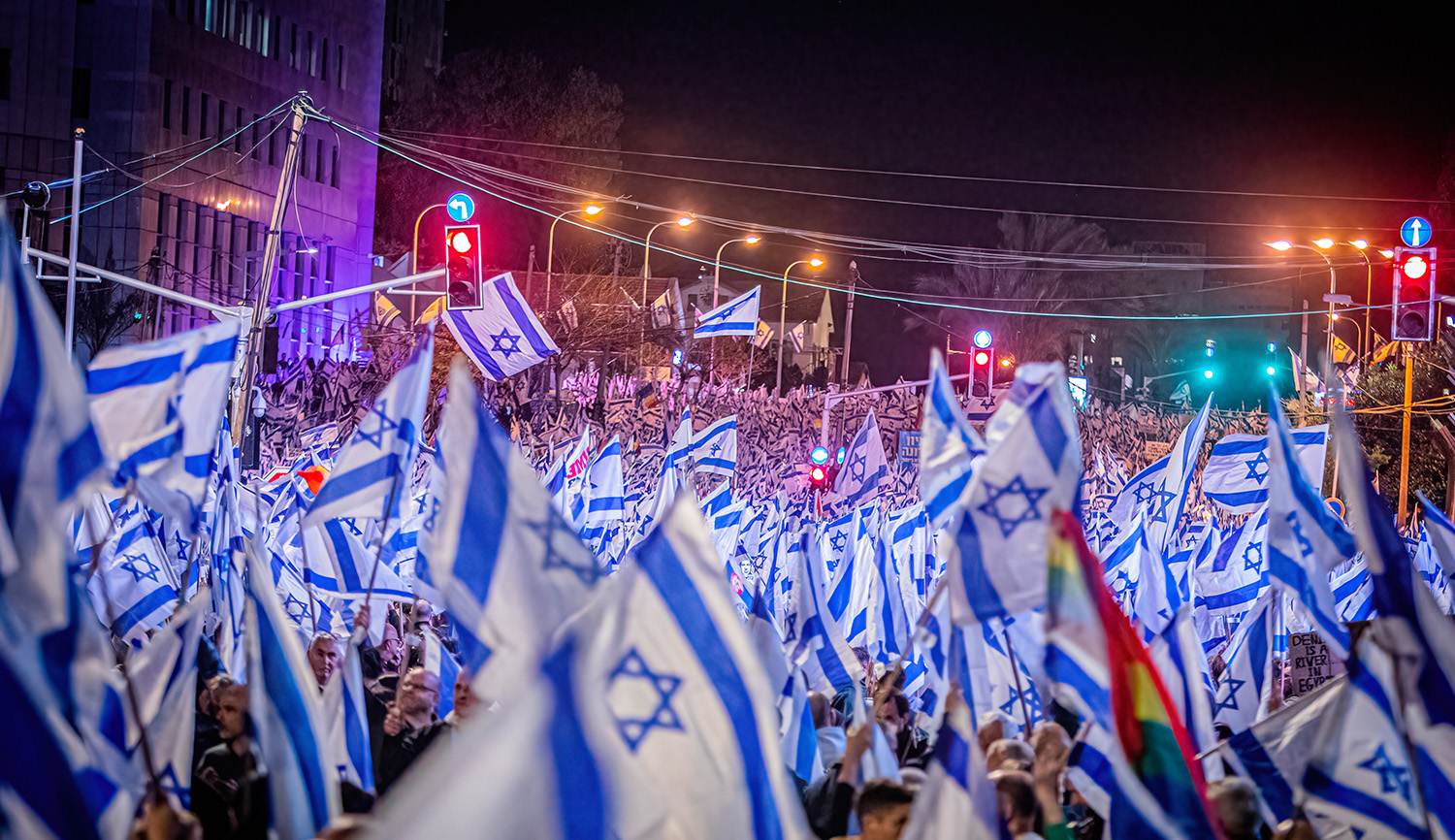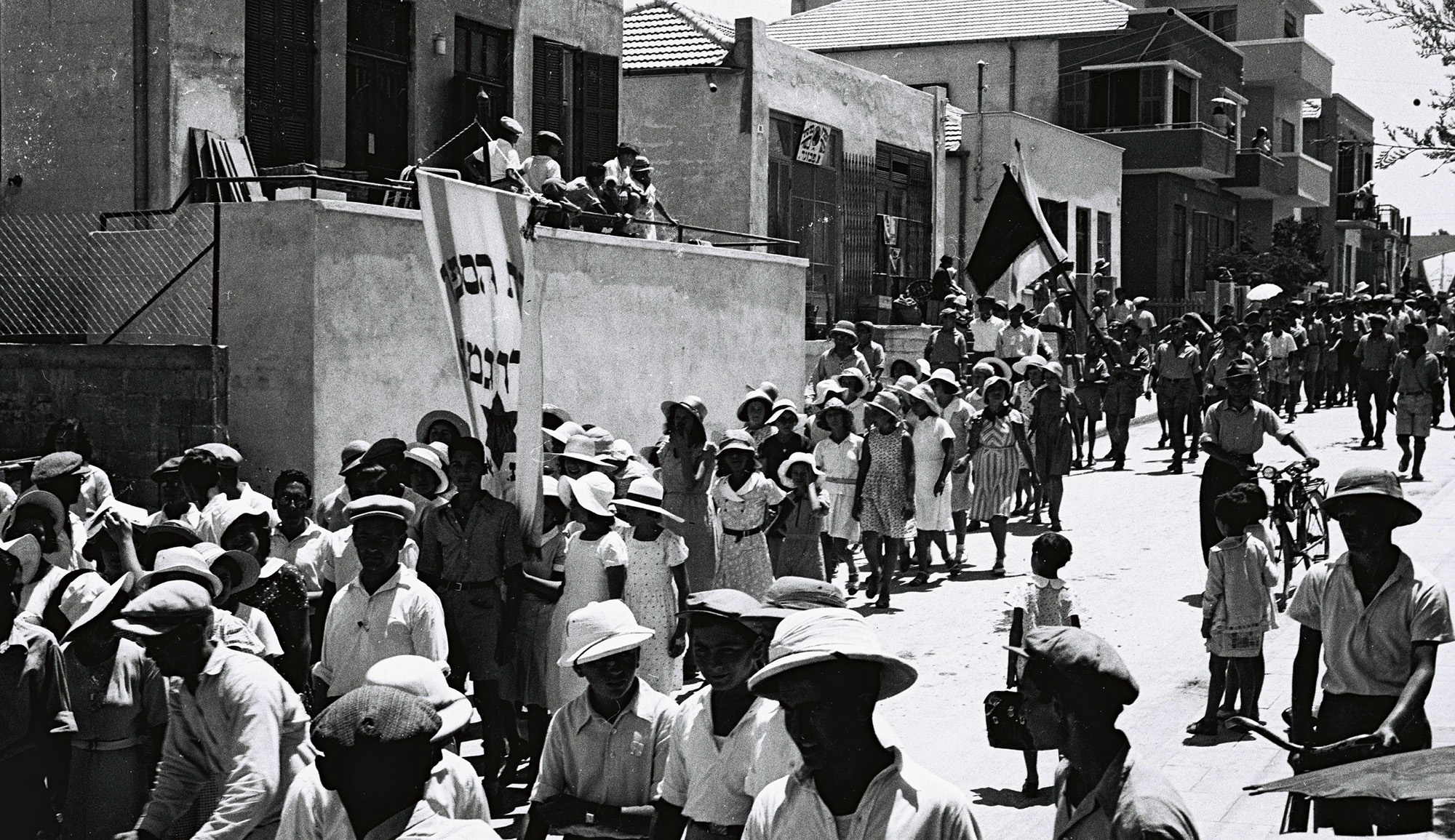Founded in 1919, the Bauhaus art academy had a profound impact on the development of artistic modernism and in particular modernist architecture, giving rise to what came to be known as the International Style. In few cities is the influence of this style more pronounced than in Tel Aviv—thanks in part to the Nazis’ decision to shut down the school for promoting “degenerate” art. Karen Chernick writes:
The 700 total students enrolled at the Bauhaus during its fourteen-year existence dispersed globally [after it was closed], including four architects—Arieh Sharon, Munio Gitai Weinraub, Shmuel Mestechkin, and Shlomo Bernstein—who moved to British Mandatory Palestine in the 1930s. There, they found a rare opportunity, a modernist architect’s dream: the chance to shape a 20th-century city almost from scratch, serving thousands of newcomers in need of housing and urban amenities. That city was the newly established Mediterranean metropolis of Tel Aviv.
As a result, the city now boasts more than 4,000 International Style structures, one of the largest concentrations in the world. . . . An urgent demand for housing overlapped with the style’s popularity. . . . Modernist architecture also appealed to the large influx of German Jewish immigrants, . . . many of whom had to leave significant assets behind; low construction costs that didn’t sacrifice style were a major draw. . . .
And the communal ideals of the Bauhaus—which aimed to break down barriers among fine artists, craftsmen, and manufacturers—resonated with Tel Aviv’s mostly working-class founding generation, who wanted architecture that reflected egalitarian values. . . .
For the most part, Tel Aviv architects adapted the International Style to the city’s harsh Mediterranean climate. Glass use was more limited in Tel Aviv, in order to reduce the potential greenhouse effects of the strong Middle Eastern sunlight. The horizontal ribbon windows that graced European International Style buildings were replaced with dramatic balconies, creating horizontal lines that broke up otherwise geometric exteriors; while they functionally allowed for shade and ventilation, they were also a sneaky form of embellishment, since the striking shadows cast by the balconies ornamentally shifted throughout the day.
More about: Arts & Culture, German Jewry, Israeli culture, Jewish architecture, Tel Aviv


